My Greatest Achievement in Research So Far
I must say the pandemic turned this world upside down, but I now realize that we are much stronger than we realize! I want to answer the first contest question quickly because I have definitely increased my online shopping tremendously.
Question 1: With the arrival of the global pandemic, online commerce has grown into something routine. Do you like shopping online? Have you had a bad purchase, the product you ordered did not arrive on time, or was not what was expected? Tell us about your experience or if you still don't buy online, tell us the reason.
I started ordering healthy food online. I started with Hungryroot and Daily Harvest. The pricing, free shipping and discount codes got me hooked. I think I want to try them all now LOL. I'm also ordering mushroom coffee and cocoa online as well as Cloud Paper for our bums 🤣 I love it!
@nazom I thought you might like this community
Question 2: What has been your greatest achievement at a professional or work level, perhaps a project that made you feel proud or something you did on your own and that only you could have done at home or at your workplace?
I could only achieve this goal in the laboratory. I can't take my sterile flow hood home 🤣
The main thing I want to share in this post is my greatest achievement in the Biomedical Research Lab. I have been doing biomedical research for 2 decades now. I have had the opportunity to work on some very cool projects. My greatest achievement so far has been at my current lab at East Tennessee State University/Quillen College of Medicine. I work in the Department of Surgery where we study sepsis and aging of the immune system. My main goal this past year was to create a model sepsis cell. We discovered that sepsis patients have an increased expression of a certain fungal pattern recognition receptor compared to healthy donors and infectious disease patients.
After several months of failure after failure, I am proud to report that I have been successful at genetically engineering a model sepsis cell.
"The global burden of sepsis is difficult to ascertain, although a recent scientific publication estimated that in 2017 there were 48.9 million cases and 11 million sepsis-related deaths worldwide, which accounted for almost 20% of all global deaths" - World Health Organization, 26 August 2020
I have been working with Human Leukemia Cell Line 60 (HL-60) for about a year now. I started out working with cells that had been frozen back in liquid nitrogen since 2002. I have since perfected the cell culture conditions for this cell type and ordered some new cells from ATCC for genetic manipulation. I obtained a plasmid containing our protein of interest along with a red fluorescent protein marker (RFP) from SinoBiological. I began the preliminary transfection experiments last year with the cells frozen back in 2002 using electroporation. That technique did not work as all the cells eventually died and no RFP could be detected.
Now, I am using a Lipofectamine technique that is finally working. It is a much gentler genetic manipulation protocol. Transfected cells are selected with an antibiotic that kills mammalian cells. The plasmid contains an antibiotic resistance gene, so cells that contain the gene should grow in media containing antibiotic and untransfected cells should die. This high rate of cell death in the culture slows the growth of transfected cells. I repeated the experiment with the new ATCC cells about 2 weeks ago with the new technique. I counted the cells earlier this past week. I was told to expect them to look as if they were all dead on our old Countess automated cell counter. The negative control vector cells showed 100% dead!
I was so nervous 😫
Yesterday, I captured images of untransfected HL-60 control cells, HL-60 negative vector control cells and HL-60 positive vector cells. The results are below. The following 6 images were collected on the EVOS M5000 Imaging System with fluorescence intensity set to 0.005 for all cells. You can clearly see that most cells are dead in the transfected images. All cells were grown in T25 flasks with IMDM glucose rich media. Cancer cells love sugar! Bright Red indicates successful transfection. You can see some cells are just starting to express RFP as well. There is some residual fluorescence from degraded cells. Negative controls do not contain our protein of interest, only RFP.
HL-60 Untransfected Control Cells Brightfield Image
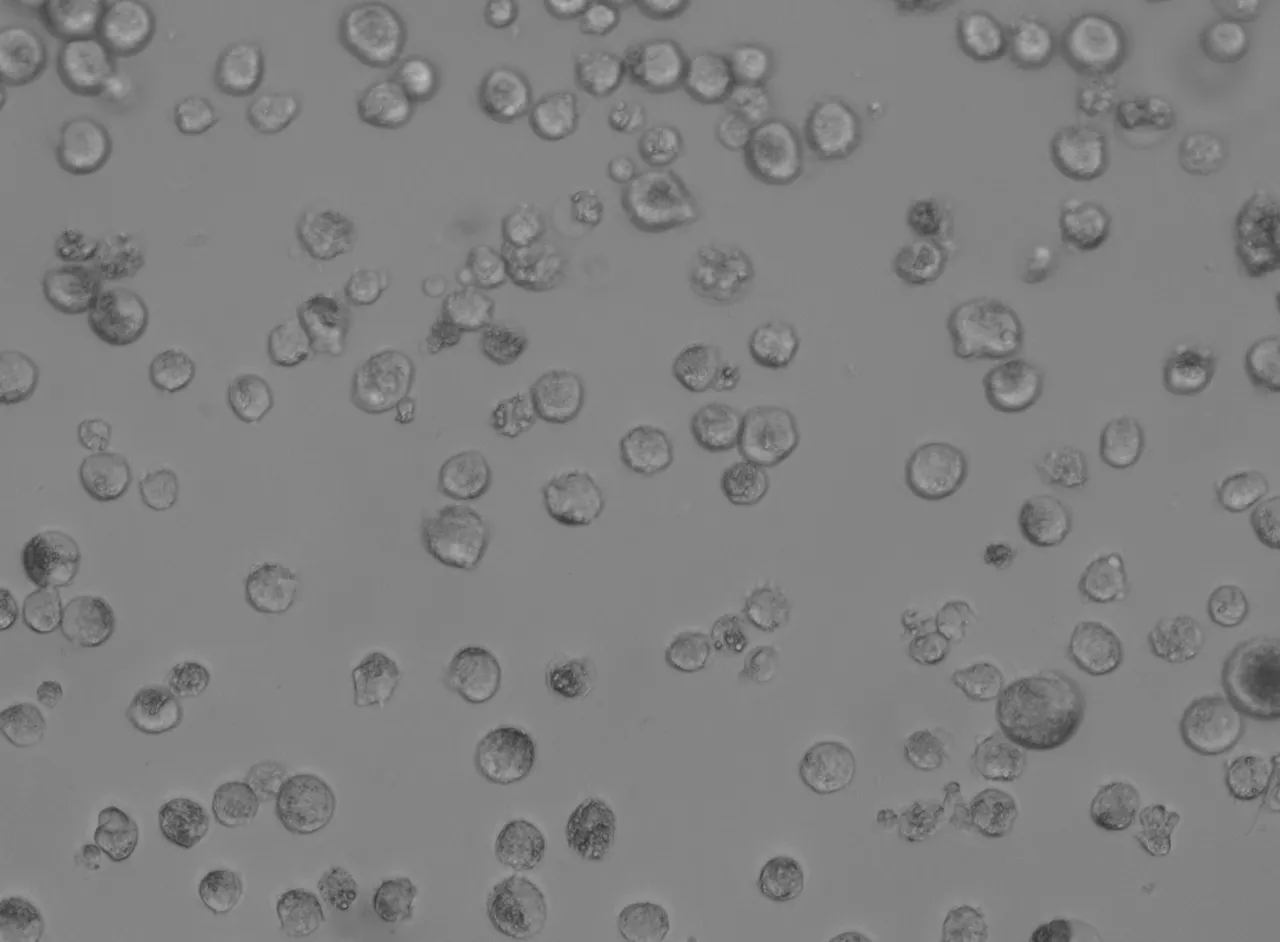
HL-60 Untransfected Control Cells RFP Image (no RFP detected)

HL-60 Transfected Negative Control Cells Brightfield + RFP Image
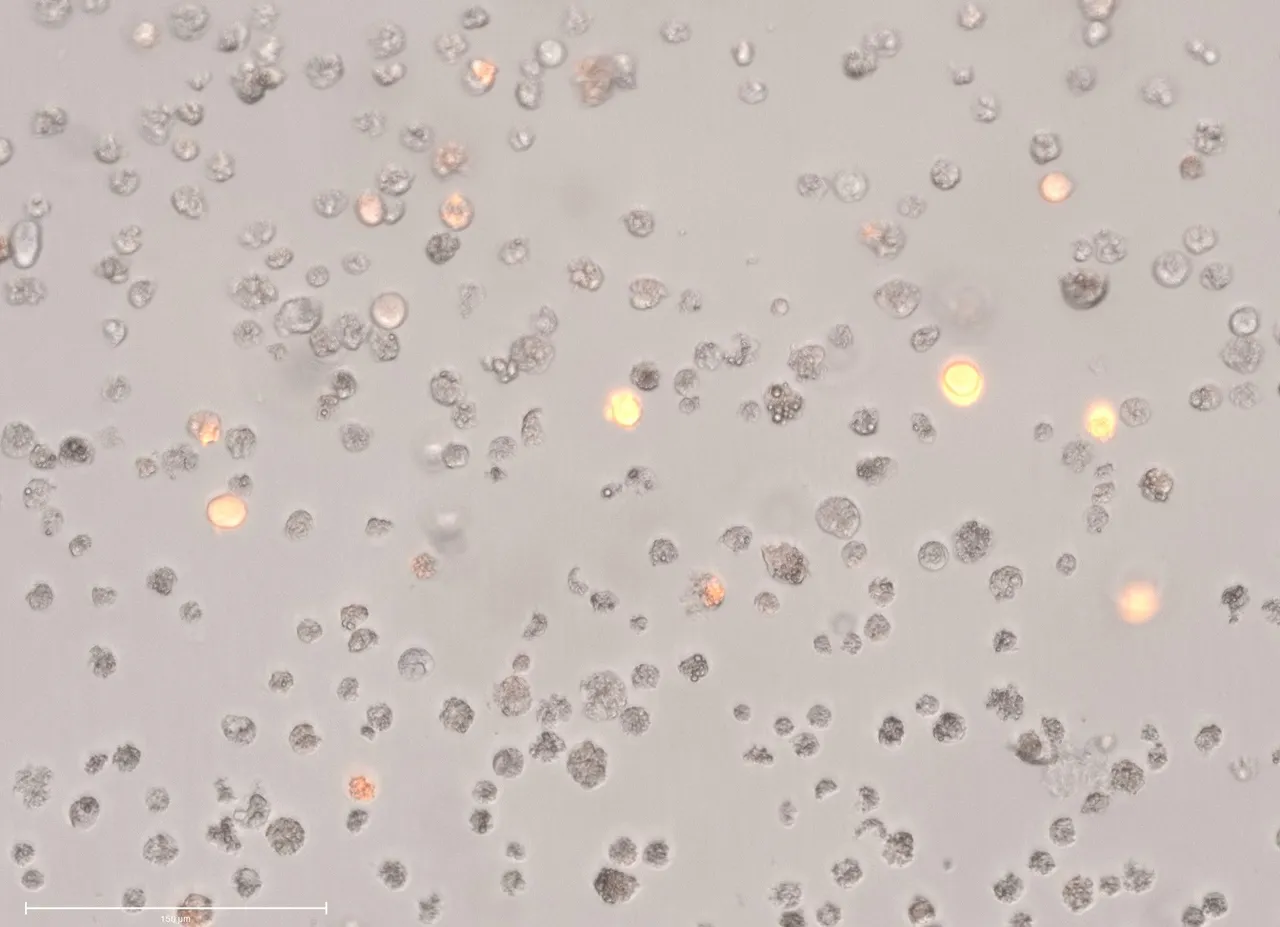
HL-60 Transfected Negative Control Cells RFP Image
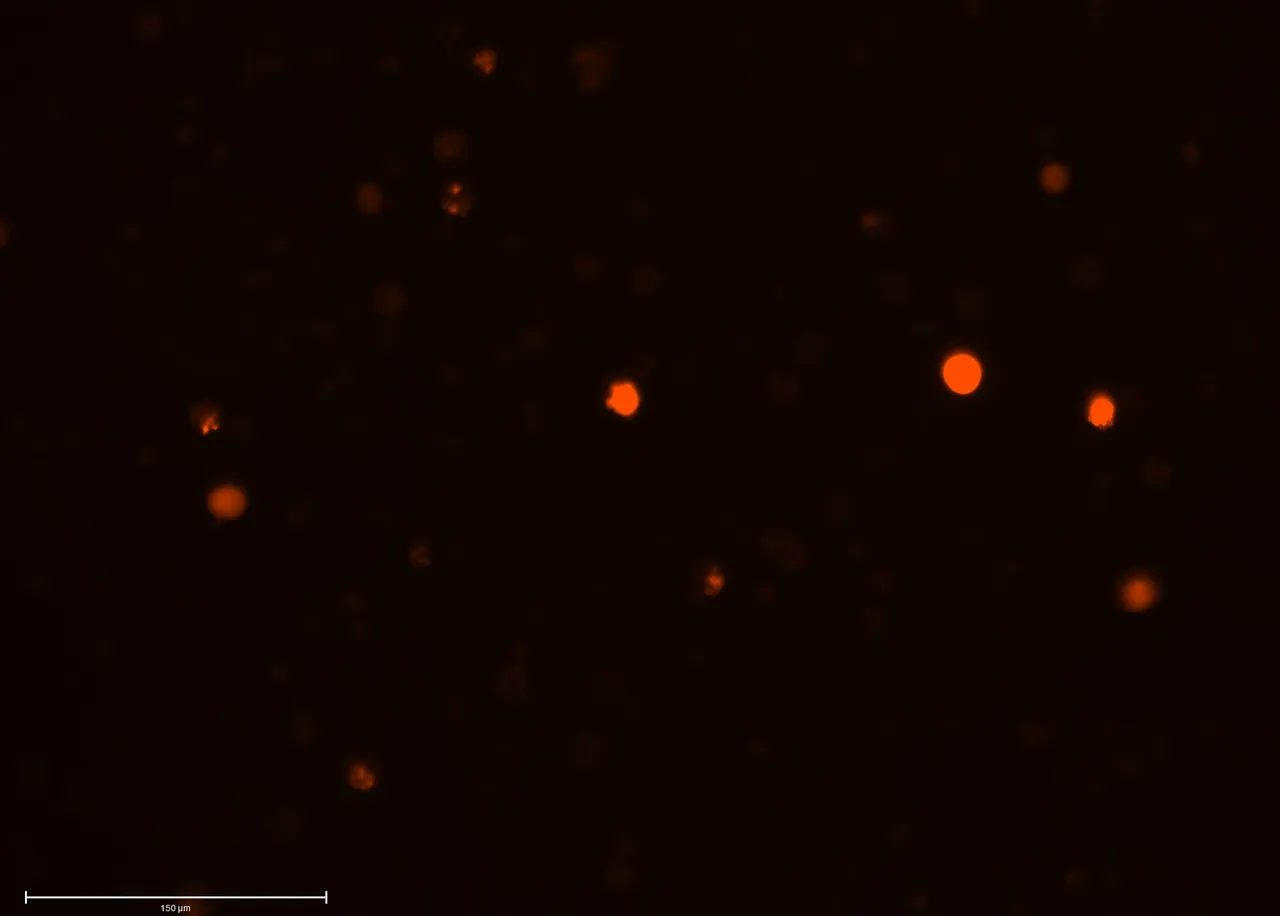
HL-60 Transfected Positive Cells Brightfield + RFP Image
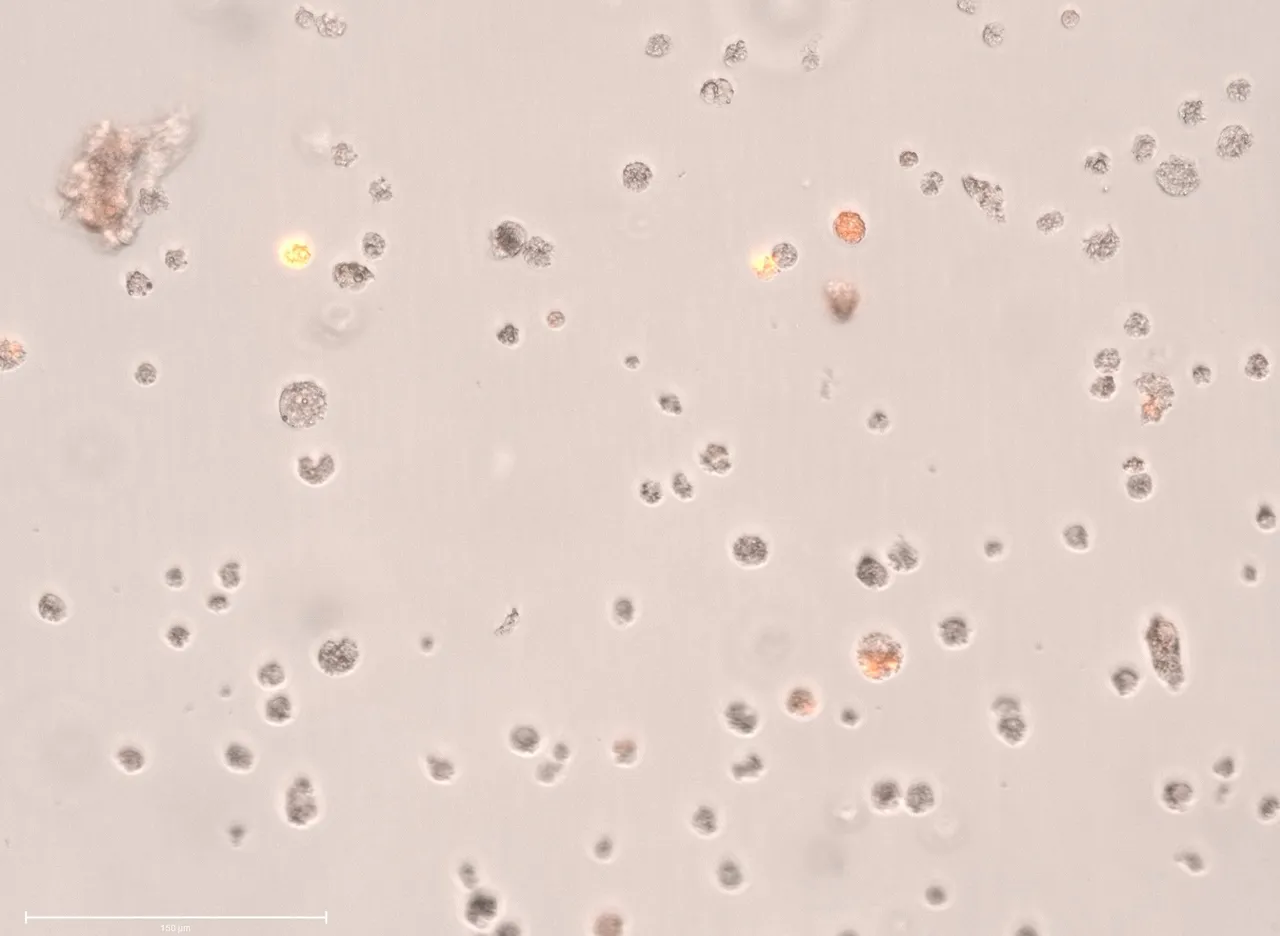
HL-60 Transfected Positive Cells RFP Image
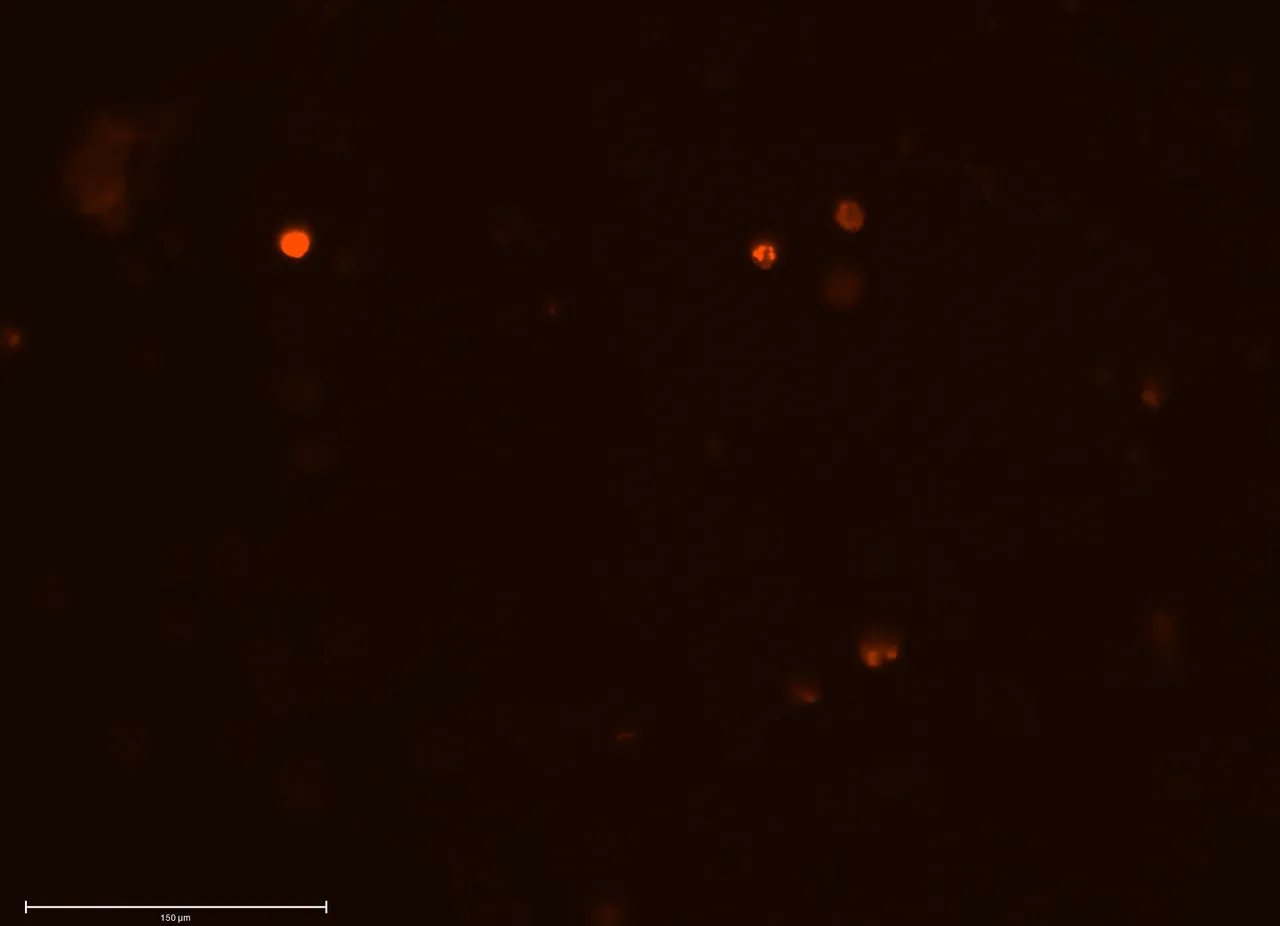
Now, I wait. I must be patient and allow the transfected cells to grow. It could take days or weeks for them to proliferate. Once I have enough, I will start to do the same experiments I preformed with healthy donor's, sepsis and infectious disease patient's immune cells. We specifically study neutrophils, the first line of defense against infection. HL-60 cells are neutrophil-like cancer cells. Our grant renewal is due the beginning of July. I don't have much time left so I must be diligent.
I am hopeful. Peace be with all of you 😇
Me in my lab coat 🤓 picture taken with my cellphone

Resources:
- My brain - I have studied the immune system for over a decade.
- Hungryroot - The easiest way to eat healthy. https://www.hungryroot.com
- Daily Harvest - Actually healthy. Undeniably delicious. https://www.daily-harvest.com
- Everyday Dose - The Mushroom Latte. https://www.everydaydose.com
- Rasa - The Healthiest Adaptogenic Cacao Brew. https://wearerasa.com
- Cloud Paper - Bamboo Toilet Paper. https://cloudpaper.co
- World Health Organization - Sepsis. https://www.who.int/news-room/fact-sheets/detail/sepsis
- ATCC - Human Leukemia Cell Line 60. https://www.atcc.org/products/ccl-240
- SinoBiological - https://www.sinobiological.com
- Lipofectamine - https://www.thermofisher.com
- EVOS M5000 Imaging System - https://www.thermofisher.com
- Neutrophils - https://www.cancer.gov/publications/dictionaries/cancer-terms/def/neutrophil
